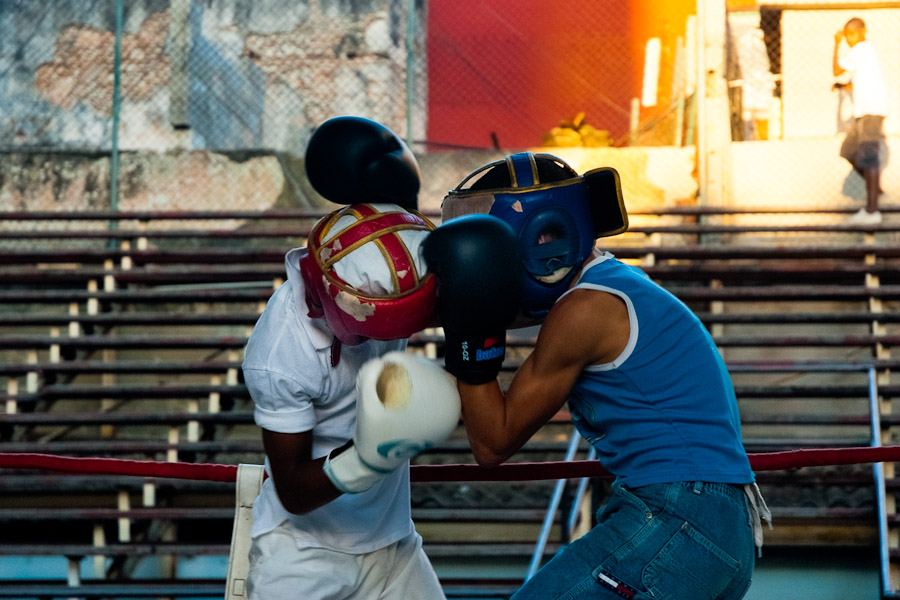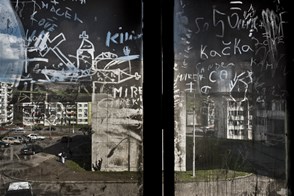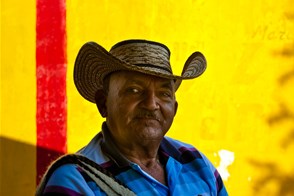












Boxing dreams
Havana, Cuba – February 2010
During the last 30 years Cuba, a small island country of approximately 11 million residents, has produced more World Champions and Olympic gold medallists in amateur boxing than any other country, including the United States and Russia. Since the 1972 Olympic Games in Munich, Cuba has dominated amateur boxing competition and has achieved phenomenal success. In World Amateur Boxing competitions, Cubans have won 64 of the 152 gold medals issued between 1974 and 2005. The symbols of the Cuban boxing miracle remain two men. Teófilo Stevenson is a 3-Time Olympic Gold Medallist & 3-Time World Champion who was fighting in the heavyweight division during the 1970's and Félix Savón, also a 3-Time Olympic Gold Medallist & 6-Time World Champion.
Boxing originally arrived in Cuba as a tourist attraction mainly as championship bouts between North American Boxers during the high tourist season. In 1910 the first boxing academy was established in Havana. It is said in Cuba that every great fighter (including Teófilo Stevenson or Félix Savón), has at one stage in the career, trained at Rafael Trejo Boxing Gymnasium in Havana. This run down open air facility in the oldest district of the Cuban capital has a strong appeal. With its wooden bleachers and archaic equipment, the gym has a 1950s feeling. A courtyard, surrounded by crumbling buildings, is a place of learning and mastering the art of boxing by the old school style without the glamour. Here, during the never ending afternoon drills the dreams about better future are born and kept. Many boxers from around the world travel to Havana each year just to train at this historical boxing facility and to get some of the best coaches and sparring in the world.
Boxing, where two individuals battle face each other in a ring, in Cuba is a team sport. Boys begin their training very young, many of them have just one dirty t-shirt and one pair of worn out shoes. They grow up together, train and travel together and, obviously, fight one another. As sports are given a high political priority in Cuba, all children are systematically encouraged and helped to develop their skills. From the age of 12, talented boys are sent to the special schools. From there they pass through a very competitive youth scheme and the top trainers (usually former boxers) keep an eye on the impending talents. The ones that graduate from the program are sent to the top school in Wajay, where they train advanced drills and exercises. Those who succeed will become heroes of Cuban society. Boxers in Cuba are like rock stars, loved and worshipped by the masses. In the late 1970s when Teófilo Stevenson was offered to fight Muhammad Ali he answered: “What's a million dollars compared to five million Cubans who love me?”



Very nice composition. Lovely contrast with the red in the almost B&W looks.
Anders
09.10.2010 – 04:32
It's really a great composition, The contrast of the red lines with the grey and black background strikes my eyes so much!
Ale
09.10.2010 – 04:23